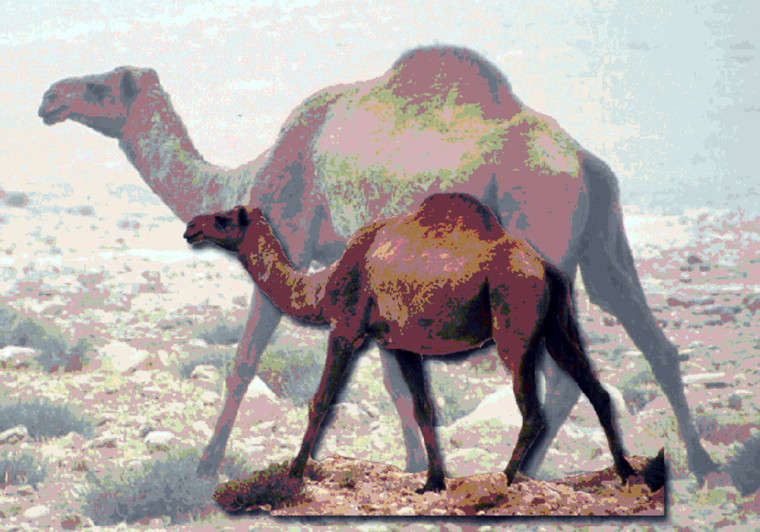Hunters stalked giant camels as tall as some modern-day elephants in the Syrian desert tens of thousands of years ago and archaeologists behind the find are wondering where the camels came from and what caused them to die off.
The enormous beasts existed about 100,000 years ago and more of the bones, first discovered last year, have been found this year in the sands about 150 miles north of the capital, Damascus.
The animal, branded the "Syrian Camel" by its Swiss and Syrian discoverers, stood between three and four yards high — about twice the size of latter-day camels and the height at the shoulder of many African elephants.
"The camel is a dromedary but extremely big and extremely tall — about double the size of a modern day camel," said Jean-Marie Le Tensorer, who led the Swiss side of the team.
The camels did not appear to have been bred by humans as beasts of burden, the scientists said, raising questions about its provenance — and disappearance.
"What we want to know now is: where did it come from, and why did it disappear never to be seen again? Was it migrating from Asia to Africa?" said the team's Syrian leader, Heba al-Sakhel.
Le Tensorer said humanoid bones were discovered at a nearby site and stone tools used by early humans were found with the camel's bones, which are thought to be up to 100,000 years old.
"The bones — a fragment of an arm and a tooth — are, of course, of the hunter of the giant camel. He probably stalked his prey to a water spring where he came to drink," said Le Tensorer.
"Ordinary camels appeared in the (Middle East) region some 6,000-7,000 years ago and, for the first time, we have a wild form and very, very old," he said.
